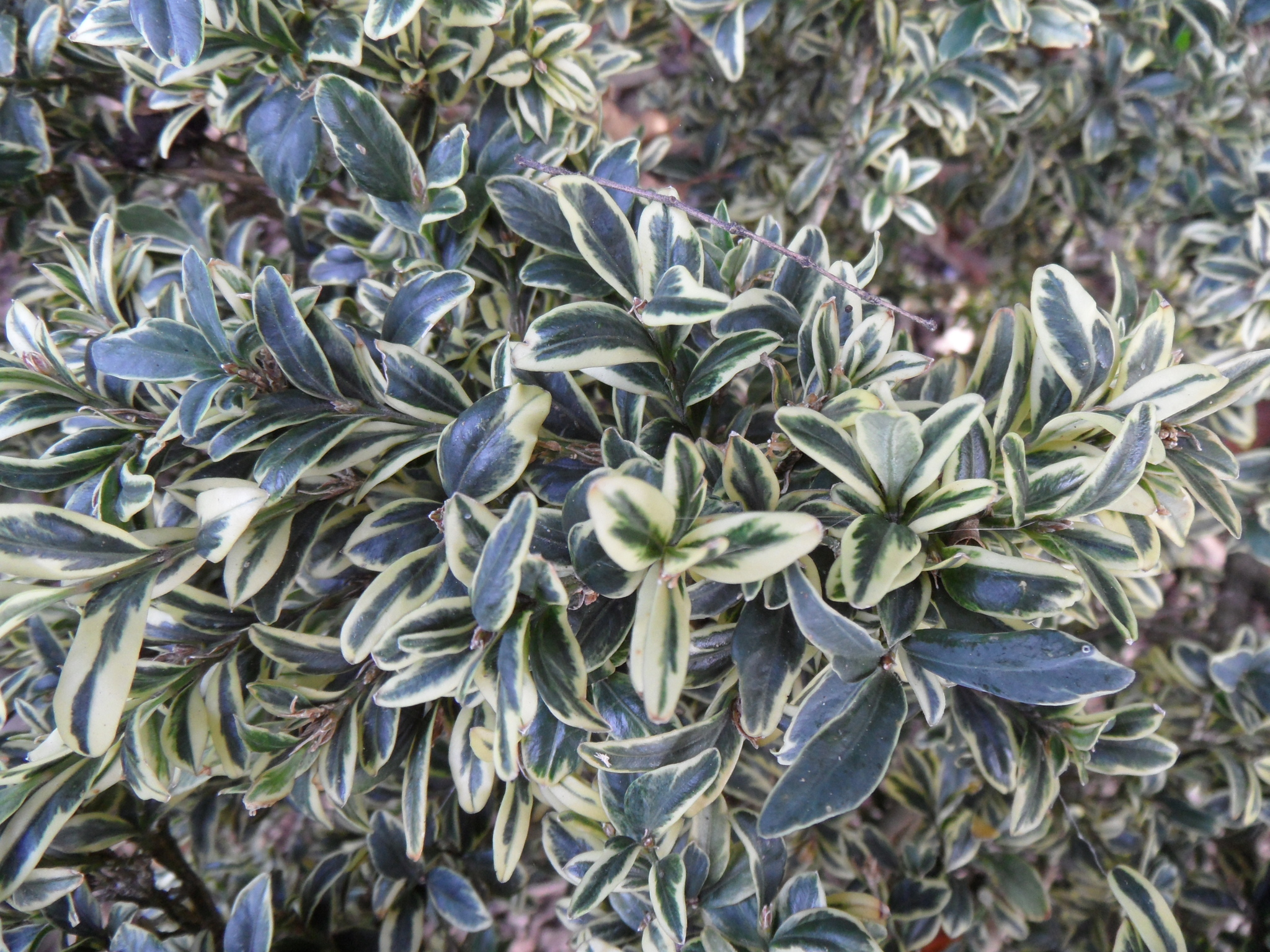
Latin name.
Shrubs or small trees. Leaves simple, opposite, leathery; stipules absent. Flowers unisexual, small and inconspicuous in axillary or terminal clusters, each cluster consisting of a single terminal female flower with several male flowers below. Petals absent. Male flowers with 4 sepals and 4 stamens. Female flowers with 4-6 sepals. Ovary superior, 3-chambered, with 1-2 pendulous ovules in each chamber. Fruit a capsule with each of the 3 valves terminated by 2 horns.
Grown for the dense, tough, readily trimmed evergreen foliage that is useful for hedges and edging; ideal plants for topiary. There are about 160 cultivars of Boxwood registered at the US National Arboretum, Washington, of which about 115 are available commercially.
About 50 species from E Asia, W Indies and C America, S Africa, the Mediterranean and Europe.
Mostly from hardwood cuttings, but also by division or layering; very slow growing from seed.
In some species the wood is prized for carving, inlaying, engraving and making rulers and other instruments.
Mostly grown as ornamental edging shrubs or hedges with small, leathery, often shiny leaves. It is often extremely difficult to distinguish the different species. No doubt the problems are compounded by the wide range of habits and leaf forms available in horticulture which blur those distinctions between B. sempervirens and B. microphylla (and its botanical varieties) that can be seen in nature. In addition, species may be given the rank of variety or subspecies. The genus is in much need of definitive revision.
Braimbridge (1994), Batdorf (1989, 1993, 1995), Boxwood Bulletin.
Source: (2002). Buxaceae. In: . Horticultural Flora of South-eastern Australia. Volume 3. Flowering plants. Dicotyledons. Part 2. The identification of garden and cultivated plants. University of New South Wales Press.
